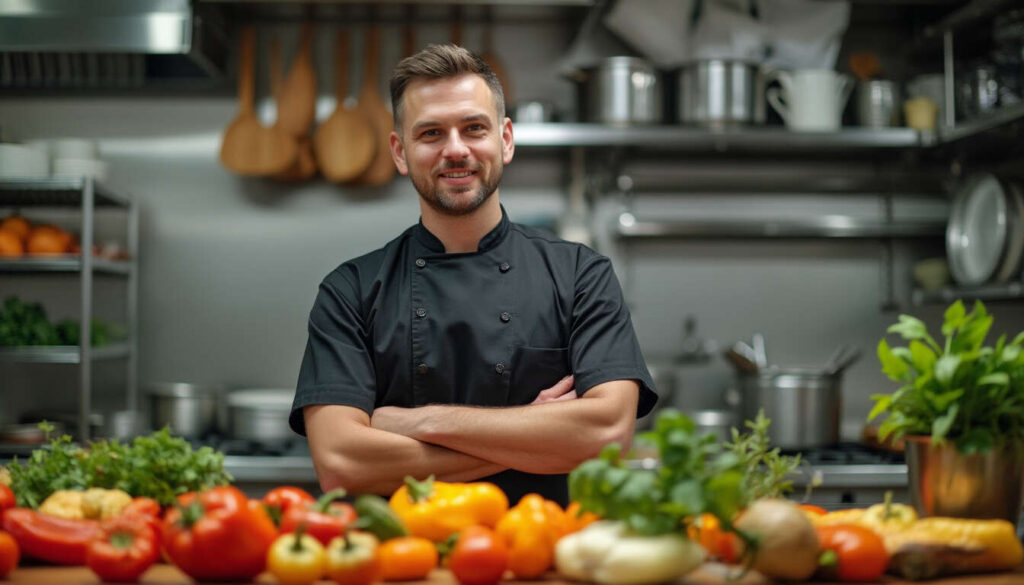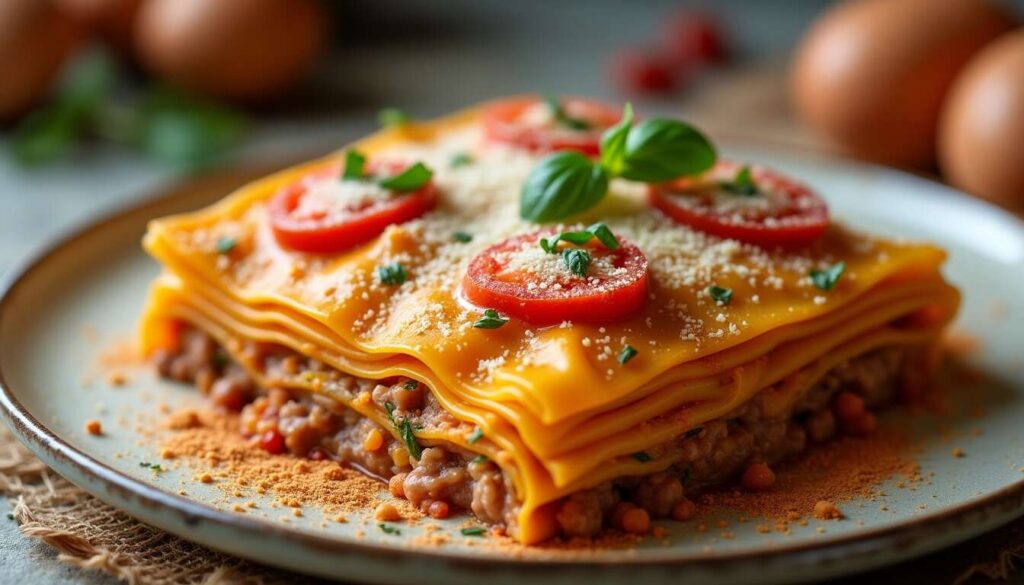Roasting vegetables may appear straightforward, yet there are chef’s tricks that yield remarkable results, particularly in preserving their texture and amplifying their flavor. These techniques, grounded in recent insights, are essential for anyone passionate about cooking who seeks to elevate ordinary vegetables into a true gourmet dish.
Selecting firm and suitable vegetables
The choice of vegetables
To achieve perfectly roasted vegetables, selecting the right ones is crucial. Not all vegetables are equally suited for oven roasting. Certain types, such as zucchini and bell peppers, are particularly well-suited for this method of cooking, while others, like tomatoes, should be avoided due to their high water content. Opt for fresh, seasonal vegetables to enhance flavor and achieve better caramelization.
Characteristics to look for
Choose firm vegetables that can withstand heat without disintegrating. Cabbage, carrots, and beets are excellent options for roasting; they are not only nutritious but also resistant to high temperatures.
Once the vegetables are selected, knowing how to cut them will help ensure even cooking.
Cutting techniques for perfect cooking
The importance of uniformity
Vegetables should be cut into similarly sized pieces to ensure even cooking. Uniform pieces also enhance the presentation of the dish on the table.
Specific cutting techniques
Here are some cutting techniques to consider:
- Carrots and zucchinis can be sliced into rounds or sticks.
- Bell peppers should be cut into wide strips.
- Potatoes can be diced for optimal caramelized surface area.
After cutting, moving on to preheating the oven is a crucial step for successful cooking.
Oven preheating: a key step
Why preheat?
A well preheated oven is essential to ensure that the vegetables start cooking evenly as soon as they are placed inside. This also helps maintain the crunchy texture of the vegetables.
Ideal temperature for roasting
It is recommended to preheat the oven to about 200-220°C. A temperature that is too low risks softening the vegetables, while one that is too high might burn the surface without cooking the interior properly.
Now that the oven is ready, it’s time to adjust cooking times and temperatures for perfect results.
Adjusting cooking times and temperatures
Cooking times by vegetable
| Vegetable | Recommended Temperature (°C) | Estimated Time (minutes) |
|---|---|---|
| Carrots | 200 | 25-30 |
| Zucchinis | 220 | 15-20 |
| Potatoes | 220 | 30-35 |
Tips for even cooking
To avoid burnt edges and a raw center, turn the vegetables halfway through cooking. Using a non-stick baking sheet is also advisable for uniform heat distribution.
Having mastered the roasting techniques, a good seasoning will now elevate the flavors of the vegetables.
Smart seasoning to enhance flavors
Key elements of good seasoning
Intelligent seasoning highlights the natural taste of the vegetables. Adding herbs such as thyme, rosemary, or basil can transform simple vegetables into a delightful dish.
Balancing flavors
To add a touch of acidity and enhance the overall flavor, consider drizzling your vegetables with balsamic vinegar or lemon juice. A splash of high-quality olive oil will perfectly complement this blend of flavors.
By applying these tips, you are all set to enjoy delicious, crispy, and healthy roasted vegetables.
Thanks to these chef’s tricks, your roasted vegetables will go from ordinary to extraordinary, offering perfect texture and enhanced flavors. The choice of suitable ingredients, uniform cutting, a well-preheated oven, and thoughtful seasoning form the heart of this method. Prepared to be savored, your roasted vegetables will delight your palate with every bite. Bon appétit!







